Shared Leadership’s Role in Piloting the Plane
NonProfit Leadership Alliance
NOVEMBER 16, 2023
It’s the crew that knows who is on board, what baggage they brought, their feelings about flying, and how to help people cope with turbulence. When the Captain comes on the PA system to inform everyone about the flight plan, they often sound like ‘the adults’ in the Peanuts specials. What would their influence be? What was the purpose?


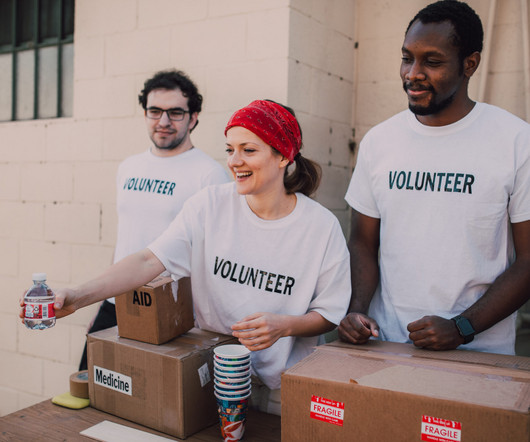
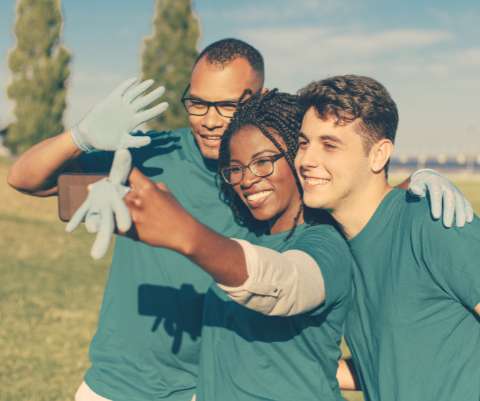

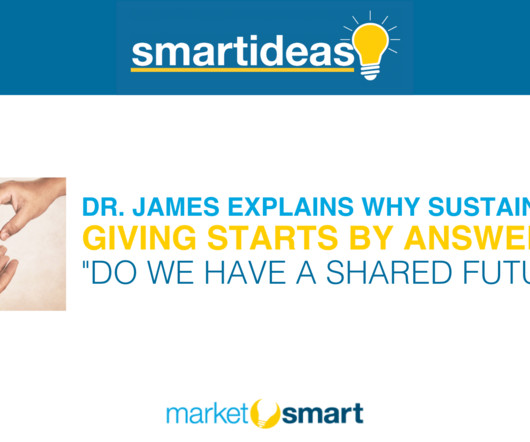

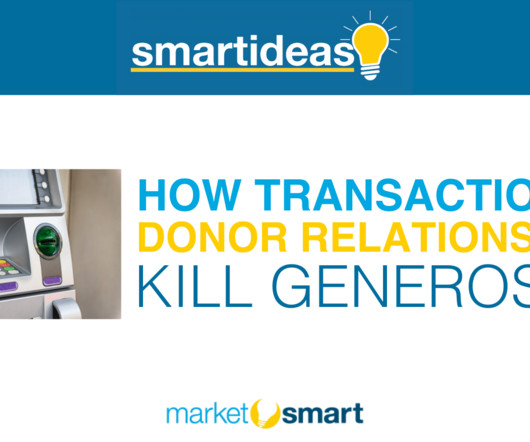
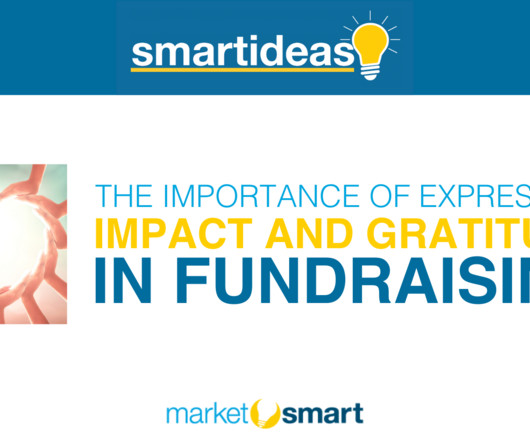
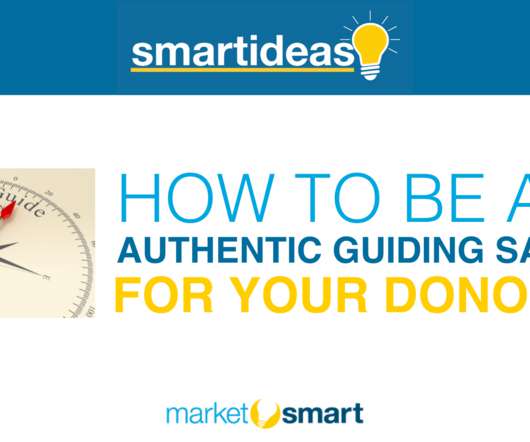








Let's personalize your content